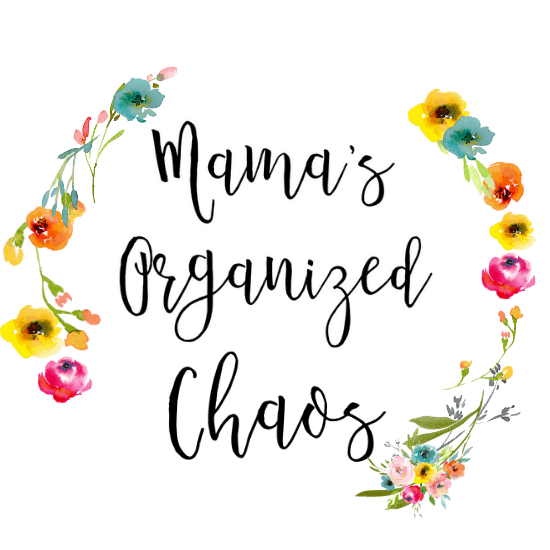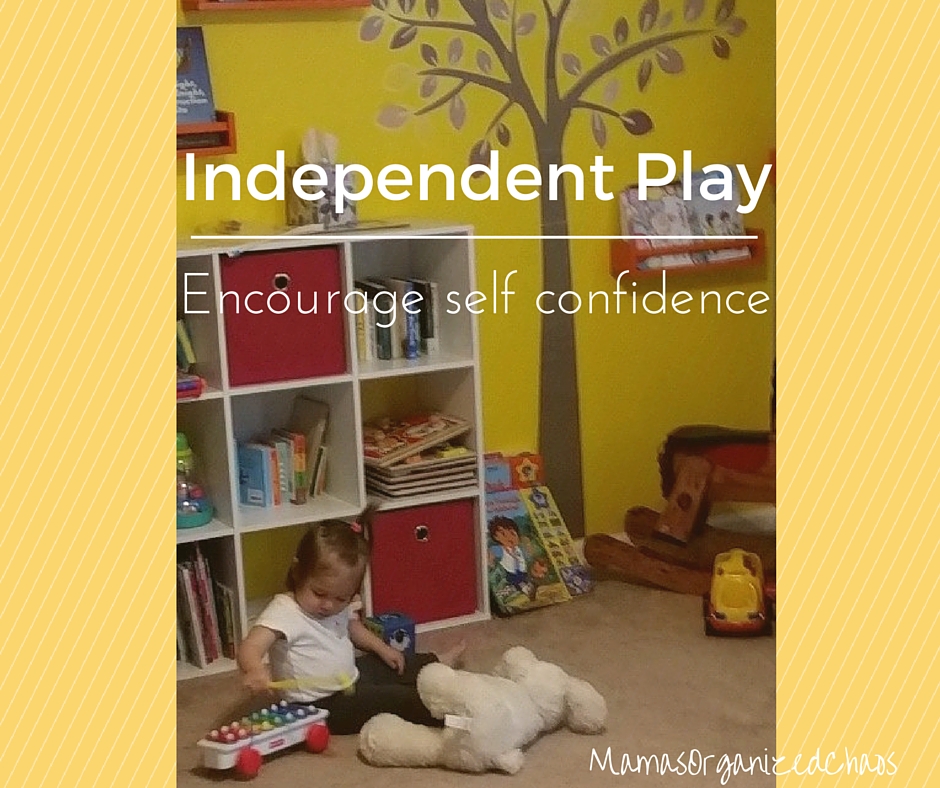Caroline is just about 16 months old, and we have always done some form of independent play time. The look of this “independent” time is changing, however. Below you will find a breakdown of how independent play has changed for us over the last 16 months, the reasons to do independent play, and the ideal timing to do this during the day.
The Progression of Independent Play
In the beginning months, Caroline’s independent play looked much different. I was in the same room, but actively doing my own thing and encouraging her to play on her own. Often, this simply meant getting on my phone and paying attention to something else. She seemed to see that I was busy and entertained herself. If I made eye contact, however, she’d want me to engage her further. I would leave the room on occasion (staying where I could see her), and come back fairly quickly. Before she was crawling, she simply got some floor time on a blanket on her own. This lasted a few minutes.
Eventually, her independent pay consisted of me being in a separate room (with a sight-line to her).
Once she was crawling, we actually took a step backwards for safety reasons, and I mostly stayed in the same room to keep a close eye on what she was doing. The same happened when she made the progression to walking.
Once Caroline learned that she could follow me, however, true independent play took a back seat. It looked more like her following me from room to room. I wasn’t actively playing with her, but I wasn’t keeping her away from me either. After all, I LOVED that she was choosing to follow me around! After doing this for several weeks, she finally realized that I would be coming back, and that she didn’t always have to follow. So our independent play looked more as it used to- me leaving the room on occasion and typically within view.
Now that Caroline is older and understands what I am telling her, I decided to challenge her a bit more with her independent play. Around 15.5 months of age, I started putting her in her room for 10 minutes at a time. I kept the monitor with me (so I could hear her), and went downstairs. She has done so great with this, that this has now become mama’s shower time! She has access to me in the bathroom if she needs me, but also has free reign of her room and the upstairs hallway. I can hear if she were to yell out for me, so this has worked out perfectly. She checks on me every once in awhile and pokes her head in the side of the shower curtain. She then returns to her room and plays with her books, puzzles, blankets, etc.
So, we have finally reached TRUE independent play. I can hear her at all times, but I cannot see her and she cannot see me for the majority of the time. We, of course, have everything baby-proofed, so I am not concerned about anything major happening to her in my “absence”.
At 16 months of age, she only does 10-15 minutes of true independent play like this. She does great with it. This independent play is “free play”, and she has access to her room. I pull a few things out, and sometimes she chooses to play with those items, but other times she chooses to find something different.
Eventually we will up the time, and create more structured play. She might sit down and color, or use her wipe clean books to learn beginning pen control, etc. She is too young for this type of structured play to be independent, however.
Reasons to do Independent Play
– You need time: Let’s face it, you need to cook dinner without your toddler hanging all over your legs! You need to shower, and do a few things here and there that don’t involve your toddler.
– Teaching the ability to entertain onself: This is an invaluable tool for your toddler to have. The ability to entertain themselves is huge. Children who can find something to do, are less likely to be bored, and are more likely to engage in something valuable that they will learn from. Even if their independent play consists of taking all of your clothes out of your bottom drawer… they are learning something!
– Building important qualities: Solo play builds self confidence, independence, and creativity. If you look closely, your toddler will be practicing skills. You will hear them babbling and practicing their language skills as well!
Timing
Whatever you do, make sure your child is well rested and well fed during independent play! Things will go much smoother if this is the case! We choose to do late morning (right after breakfast). She is excited to be up for the day, isn’t bored of her toys just yet, and has a lot of energy to put into her play time.
Clean up
When independent play time is over, I always come in and ask her to clean up any mess that she’s made. At this age I help her and show her what to do. If she resists, I let her calm down, and then ask for her assistance again. I also explain why she needs to clean up and help mama. I never just clean up the mess without her help. It is important that they learn to clean up after themselves at an early age. Caroline loves to help clean up because it simply seems like another activity to her. Sometimes we even turn it into a game!

